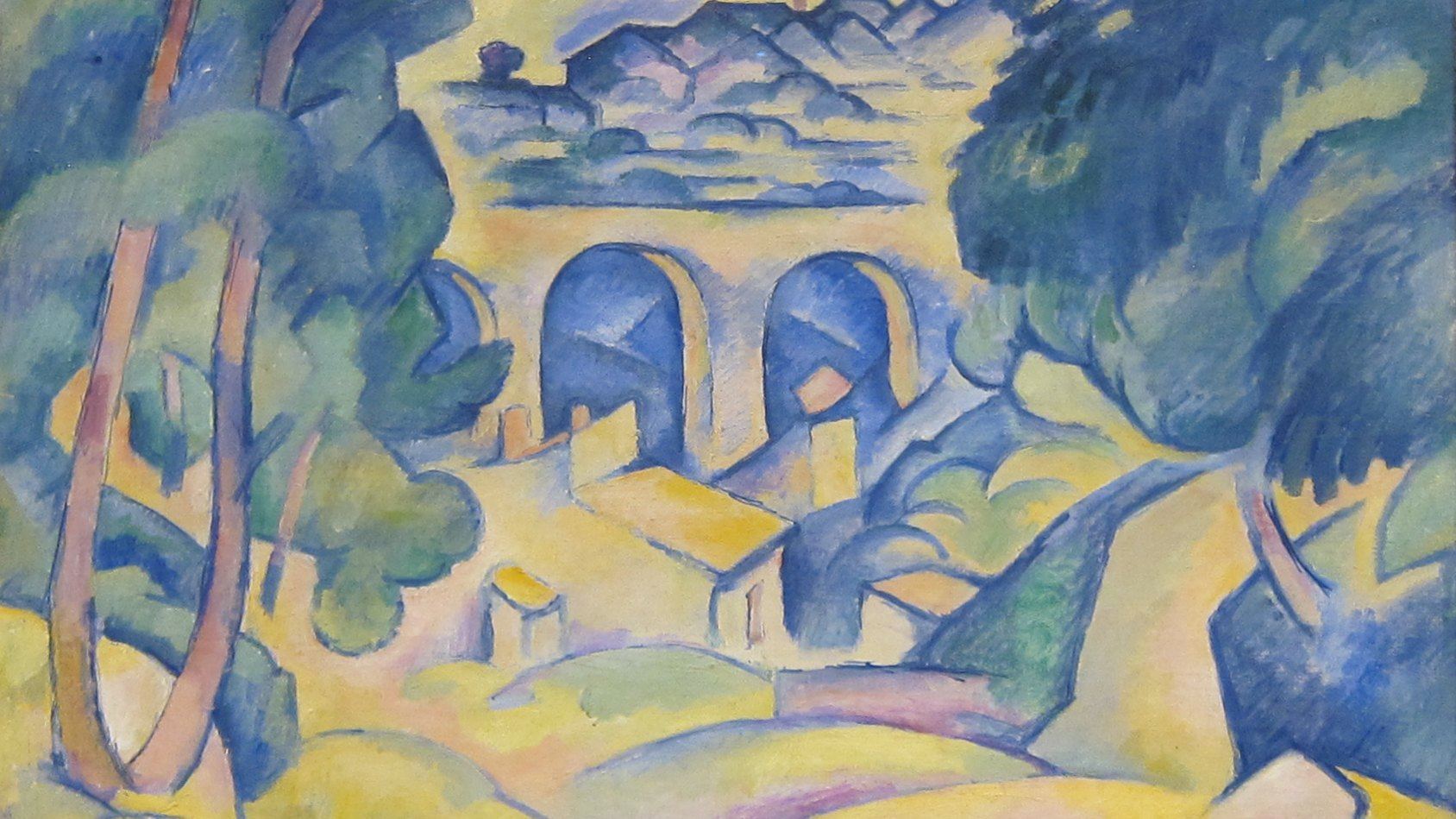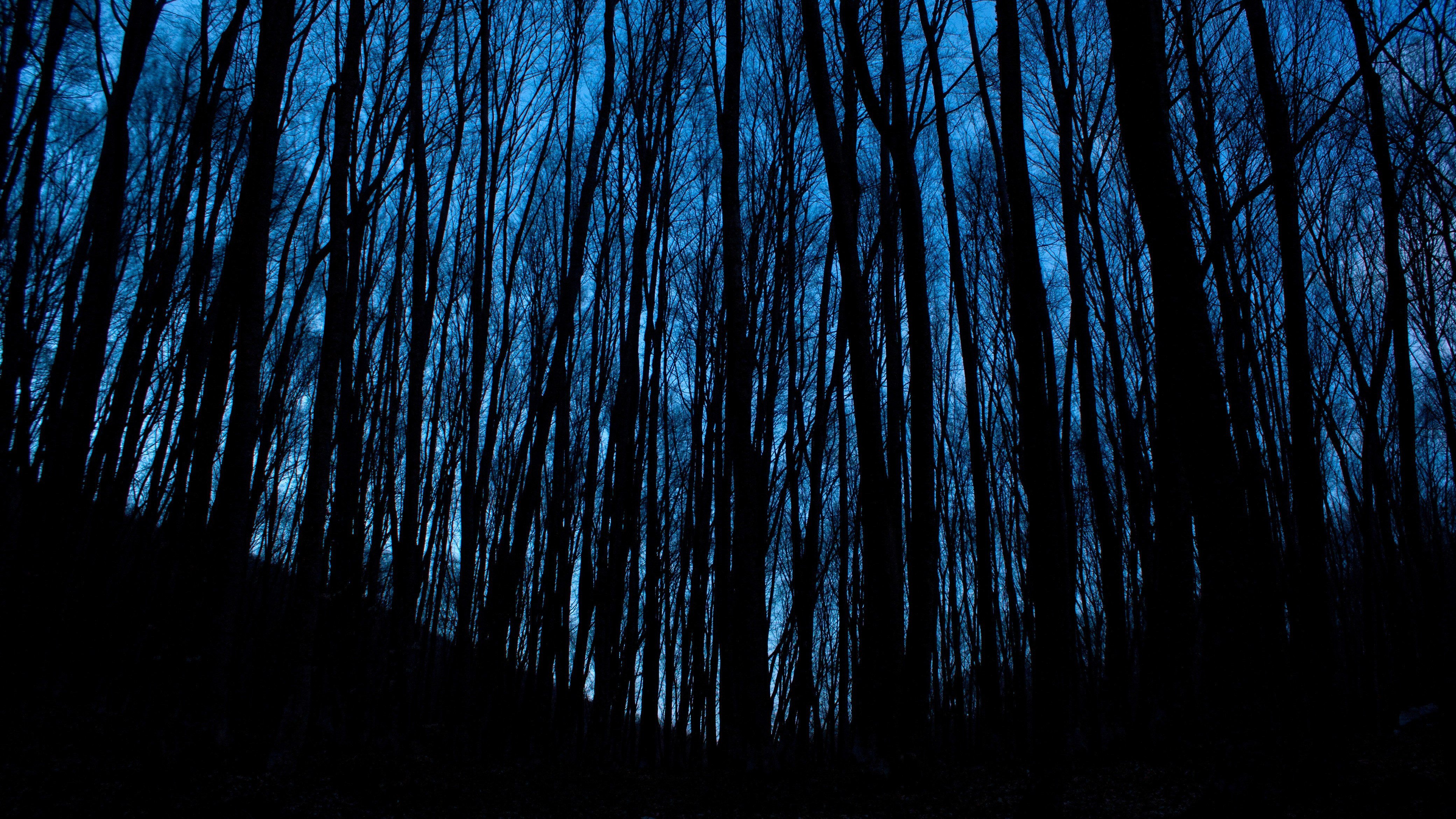Adventures in Fourths: Music of Debussy, Bartók, and Gershwin
The Greek name for the interval of the perfect fourth was diatessaron. Translating as “across four,” it is a word which brings to mind Pythagorean harmonic ratios. Wide open sonorities that suggest neither major nor minor, perfect fourths and fifths became prevalent in the early medieval polyphony of composers such as Léonin and Pérotin. In the piano pieces below, we hear twentieth century composers exploiting the perfect fourth for purely expressive reasons. Here are three …



